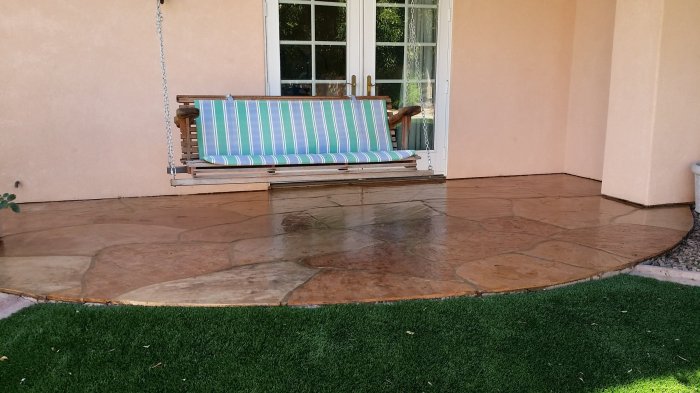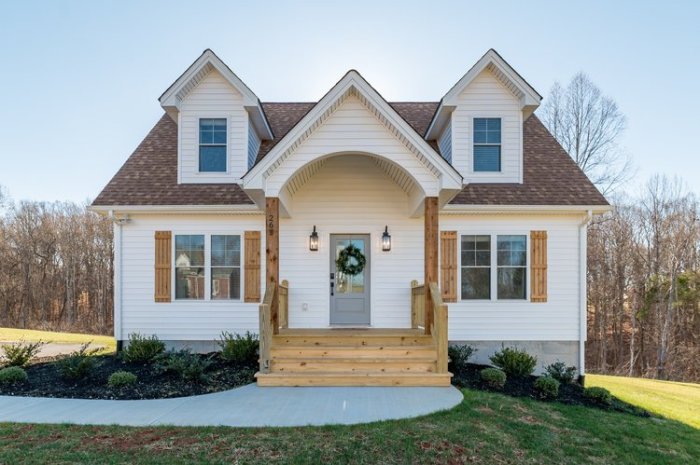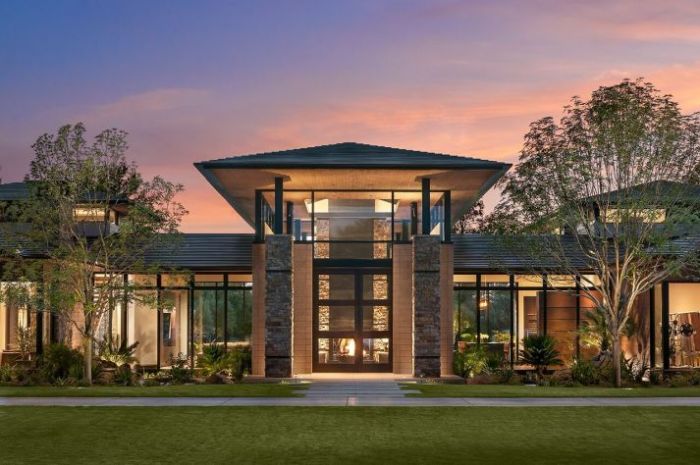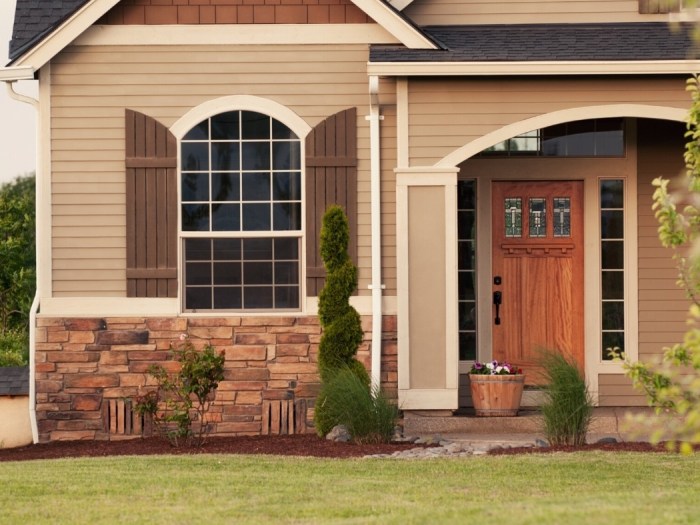Custom Exterior Style Solutions for All Climates: Enhancing Your Homes Resilience
Custom Exterior Style Solutions for All Climates offer a unique approach to designing homes that can withstand the diverse challenges of different environments. From scorching deserts to freezing tundras, each region demands a tailored design strategy that combines functionality with aesthetic appeal.
As we delve into the realm of custom exterior styles, we uncover the intricate balance between architectural innovation and environmental adaptability, paving the way for homes that not only stand out but also stand strong against nature's elements.
Custom Exterior Style Solutions for All Climates
Custom exterior style solutions play a crucial role in adapting to different climates, ensuring both aesthetic appeal and functionality. By tailoring the design to suit specific climate conditions, homeowners can enhance the durability and energy efficiency of their homes.
Examples of Tailored Exterior Designs:
- In hot and arid climates, homes can benefit from lighter exterior colors that reflect sunlight and reduce heat absorption. Additionally, incorporating shading elements like pergolas or awnings can help minimize direct sun exposure.
- In cold climates, proper insulation and the use of materials that retain heat, such as brick or stone, are essential. Strategic placement of windows to maximize natural light and heat gain can also improve energy efficiency.
- In coastal regions, homes need to withstand high humidity and salt exposure. Choosing corrosion-resistant materials like stainless steel or aluminum for exterior elements can help prevent damage from the elements.
Challenges and Benefits of Custom Exterior Styles:
- Challenges:
- Meeting the aesthetic preferences of homeowners while ensuring the design is suitable for the climate can be a challenge.
- Adapting to extreme weather conditions, such as hurricanes or snowstorms, may require additional structural reinforcements.
- Benefits:
- Improved energy efficiency and reduced utility costs through smart design choices tailored to the climate.
- Enhanced durability and longevity of the home's exterior by using materials that can withstand specific climate challenges.
Factors Influencing Exterior Style Choices
When it comes to choosing an exterior style for a building, various factors come into play, especially when considering different climates. Factors such as temperature, humidity levels, wind patterns, and precipitation all play a significant role in determining the most suitable design elements for a specific location.
Design Elements for Hot Climates
In hot climates, it is essential to focus on keeping the building cool and providing adequate ventilation. Design elements such as light-colored materials, shading devices like awnings or pergolas, and incorporating greenery for natural cooling can help reduce the need for excessive air conditioning.
Design Elements for Cold Climates
In contrast, cold climates require a focus on insulation and retaining heat within the building. Using materials with high thermal mass, such as brick or stone, and incorporating features like double-glazed windows and efficient heating systems can help maintain a comfortable indoor temperature in colder regions.
Design Elements for Humid Climates
In humid climates, preventing moisture buildup and promoting airflow are crucial considerations. Opting for materials that are resistant to mold and mildew, such as vinyl siding or metal roofing, and incorporating features like cross ventilation and dehumidification systems can help mitigate the effects of humidity on the building.
Design Elements for Dry Climates
For dry climates, the focus is on conserving water and providing shade from intense sunlight. Using materials that are drought-resistant and incorporating features like water-efficient landscaping, sun shades, and reflective roofing can help reduce water usage and maintain a comfortable indoor environment in arid regions.
Adapting Architectural Features for Extreme Weather Conditions
Architectural features can be adapted to withstand extreme weather conditions by incorporating elements such as reinforced structures, impact-resistant materials, and proper drainage systems. Additionally, designing buildings with sloped roofs to prevent snow accumulation or hurricane-proof windows can help increase the resilience of the structure in challenging climates.
Materials Selection for Climate-specific Designs

Choosing the right materials for custom exterior styles is crucial in ensuring the longevity and performance of the design. Different climate zones require specific types of materials to withstand the harsh weather conditions and maintain the aesthetic appeal of the exterior.
Examples of Materials for Specific Climate Zones
- In hot and humid climates, materials like vinyl and fiber cement siding are popular choices due to their resistance to moisture and mold.
- For cold climates, materials such as brick, stone, and wood are commonly used for their insulating properties and durability in freezing temperatures.
- In coastal areas, where saltwater exposure is a concern, materials like aluminum, fiberglass, and stainless steel are preferred for their resistance to corrosion.
Sustainable and Eco-friendly Options for Exterior Design
Choosing sustainable and eco-friendly materials for exterior design not only reduces the environmental impact but also promotes energy efficiency and long-term cost savings. Some examples include:
- Recycled composite materials made from recycled plastics and wood fibers offer a durable and environmentally friendly alternative to traditional wood.
- Green roofs and living walls help regulate indoor temperatures, reduce energy consumption, and provide natural insulation in various climate zones.
- Solar panels and reflective roofing materials can be incorporated into exterior designs to harness renewable energy and reduce carbon footprint.
Innovative Design Solutions for Challenging Climates

When it comes to designing for extreme climates such as deserts, arctic regions, or tropical areas, innovative solutions are essential to ensure both functionality and aesthetic appeal.
Smart Design Strategies for Energy Efficiency
Implementing smart design strategies is crucial in enhancing energy efficiency in harsh climates. This includes utilizing passive solar design principles, incorporating proper insulation, and optimizing natural ventilation to reduce the need for artificial heating and cooling.
Role of Technology in Climate-responsive Exterior Styles
Technology plays a significant role in creating climate-responsive exterior styles. Advancements such as smart sensors, automated shading systems, and energy-efficient materials enable designers to adapt to the specific environmental conditions of challenging climates, ultimately improving comfort and sustainability.
Final Review

In conclusion, Custom Exterior Style Solutions for All Climates provide a roadmap to creating homes that harmonize with their surroundings while offering unmatched durability and style. By embracing the challenges posed by diverse climates, homeowners can elevate their living spaces to new heights of sophistication and resilience.
Common Queries
How important is it to consider climate when designing exterior styles?
Considering climate is crucial as it ensures that the design not only looks appealing but also functions effectively in specific weather conditions.
What are some examples of materials suitable for extreme climates?
Materials like fiber cement, metal panels, and stone veneer are known for their durability and resilience in challenging climates.
How can technology play a role in creating climate-responsive exterior styles?
Technology can enable features like smart shading systems and energy-efficient building materials to adapt homes to varying climate conditions.




